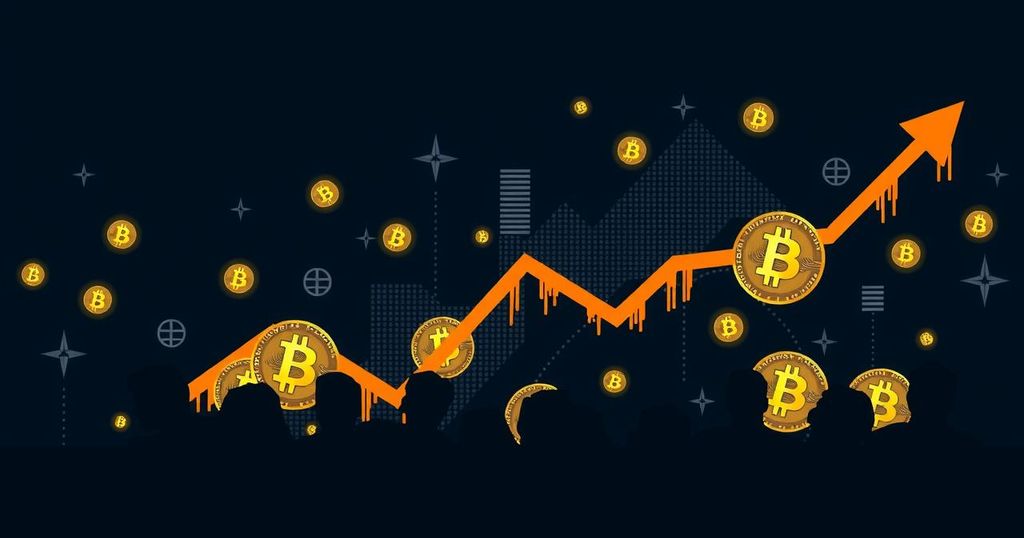The Declining Demand for Bitcoin: A CryptoQuant Report
A recent report from CryptoQuant, a data analytics firm, has uncovered a decline in Bitcoin demand since April, reaching negative levels in recent weeks. The apparent demand for the digital asset has decreased from a 30-day growth of 496,000 Bitcoin, indicating a significant decrease in interest in the cryptocurrency.
The analysis conducted by CryptoQuant determines apparent demand by calculating the difference between the daily total Bitcoin block subsidy and the daily change in the amount of Bitcoin that has remained steady for one year or longer. This method has provided valuable insights into the current state of Bitcoin demand.
As a result of the declining demand, Bitcoin’s price has also suffered, dropping from around $70,000 in April to a low of about $51,000 in early August. Despite this correction, the cryptocurrency is still showing a 33% return year-to-date at the time of the report.
The reduced demand for Bitcoin can be attributed to a decrease in purchases by spot exchange-traded funds (ETFs) in the United States. The report highlights that ETF purchases have gone down from 12,000 BTC in March to an average of 1,300 BTC between August 11 and August 17, indicating a significant decrease in institutional interest in Bitcoin.
The shift in demand is also evident in the declining price premium for BTC trading on Coinbase. The premium reached 0.25% in early 2024, shortly after the launch of ETFs, but has since been declining and currently stands at 0.01%. This further corroborates the slower demand for BTC in the United States.
According to the analysis, a recovery in spot ETF purchases is essential to drive overall Bitcoin demand upward, potentially leading to a corresponding price rally.
However, despite the decline in institutional demand, permanent Bitcoin holders have been taking advantage of the lower prices to purchase BTC at unprecedented rates. The total balance of permanent holders, which refers to addresses that have never spent or sold Bitcoin, is rising at a record-high monthly rate of 391,000 BTC. This significant increase in demand from permanent holders suggests a strong belief in the long-term value of Bitcoin.
Additionally, the report states that while permanent holders are increasing their holdings, whales—addresses with 1,000–10,000 coins—have reduced their total holdings. The 30-day percentage change in whale holdings has decreased from 6% in February to just 1% currently. Historically, a monthly growth rate exceeding 3% in whale holdings has been correlated with rising Bitcoin prices.
In conclusion, the report from CryptoQuant highlights the shift in Bitcoin demand, with institutional interest waning while permanent holders continue to accumulate the digital asset. The findings shed light on the changing dynamics of the Bitcoin market and offer valuable insights for investors and stakeholders in the cryptocurrency industry.








Post Comment